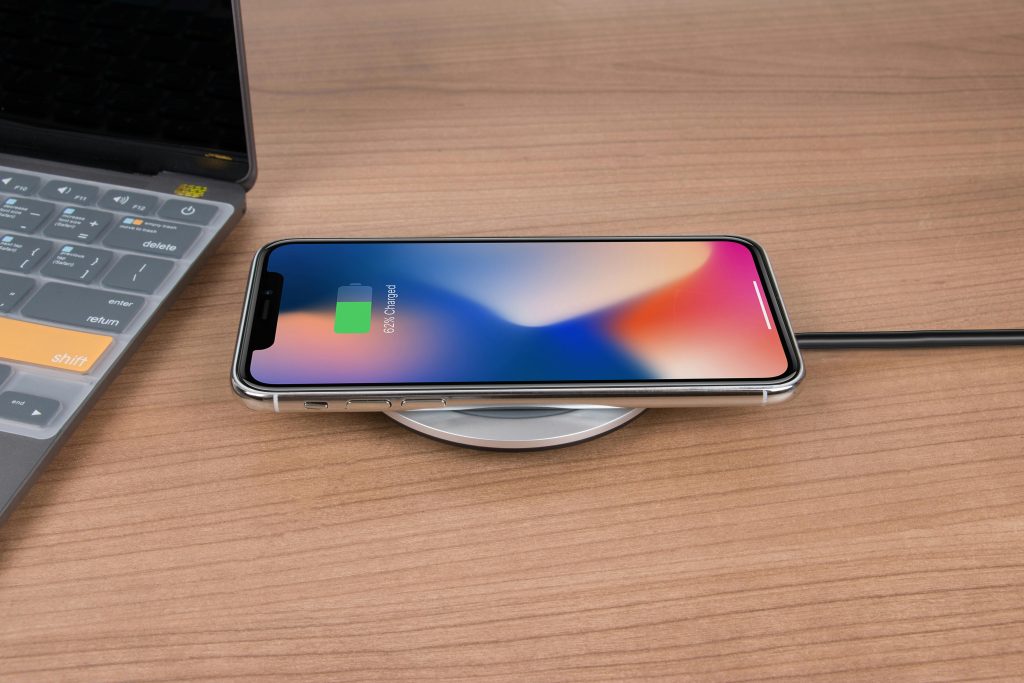Electric mobility is rapidly gaining traction in India, and one of the most promising innovations driving this shift is swappable battery technology. Unlike traditional charging methods that require long wait times, swappable batteries allow electric vehicle (EV) users to exchange depleted batteries for fully charged ones in minutes. This approach addresses key challenges like charging infrastructure limitations and range anxiety, making EVs more practical for Indian consumers. But how exactly does this technology work, and what benefits does it bring to India’s growing EV market?
How Swappable Battery Technology Works
Swappable battery technology operates on a simple yet efficient principle: instead of waiting for a battery to charge, users can swap their drained battery for a fully charged one at designated battery swapping stations. Here’s a step-by-step breakdown of the process:
- Battery Identification: Each battery is equipped with a unique identifier, often linked to a digital platform, ensuring traceability and security.
- Station Visit: Users locate a nearby swapping station via a mobile app or GPS.
- Authentication: The system verifies the user’s subscription or payment details before initiating the swap.
- Automated Swap: The depleted battery is removed, and a fully charged one is installed—often in under five minutes.
- Battery Recharging: The swapped-out battery is recharged at the station for future use.
This system is particularly effective for two- and three-wheelers, which dominate India’s EV market due to their affordability and urban suitability.
Key Players in India’s Swappable Battery Market
Several companies are pioneering swappable battery technology in India, each contributing to the ecosystem in unique ways:
- Sun Mobility: A leader in the space, Sun Mobility offers modular battery solutions with a vast network of swapping stations across multiple cities.
- Bounce Infinity: Known for its electric scooters with swappable batteries, Bounce provides an affordable and convenient alternative to conventional EVs.
- Ola Electric: While primarily focused on fixed charging, Ola has explored swappable options to enhance flexibility for users.
- Yulu: This bike-sharing startup uses swappable batteries to power its fleet, ensuring minimal downtime.
These players are supported by government policies and partnerships with energy providers, accelerating the adoption of this technology.
Benefits of Swappable Battery Technology
Swappable batteries offer numerous advantages that align well with India’s EV goals:
1. Reduced Charging Time
Traditional charging can take hours, but swapping a battery takes mere minutes. This is a game-changer for commercial fleets and delivery services, where downtime directly impacts productivity.
2. Lower Upfront Costs
By decoupling the battery cost from the vehicle price, swappable models make EVs more affordable. Users can pay for batteries via subscription or pay-per-use models, reducing initial investment barriers.
3. Space Efficiency
Swapping stations require less space compared to traditional charging setups, making them ideal for densely populated urban areas where real estate is at a premium.
4. Extended Battery Life
Centralized charging at swapping stations ensures batteries are maintained optimally, prolonging their lifespan and performance.
5. Scalability
Swappable networks can grow rapidly without the need for extensive grid upgrades, supporting India’s ambitious EV adoption targets.
Challenges and Future Outlook
Despite its potential, swappable battery technology faces hurdles in India:
- Standardization: The lack of uniform battery standards across manufacturers complicates interoperability.
- Infrastructure Investment: Building a widespread network of swapping stations requires significant capital and collaboration.
- Consumer Awareness: Many users are still unfamiliar with the concept, necessitating education campaigns.
However, the future looks promising. The Indian government’s Battery Swapping Policy aims to establish interoperability standards and incentivize private investment. As technology advances and more players enter the market, swappable batteries could become the backbone of India’s electric mobility revolution.
Conclusion
Swappable battery technology is transforming India’s electric mobility landscape by offering a faster, cheaper, and more scalable alternative to conventional charging. With major players driving innovation and supportive policies in place, this technology is poised to overcome current challenges and play a pivotal role in making EVs mainstream. For a country as vast and diverse as India, swappable batteries could be the key to unlocking a sustainable, electric future.
